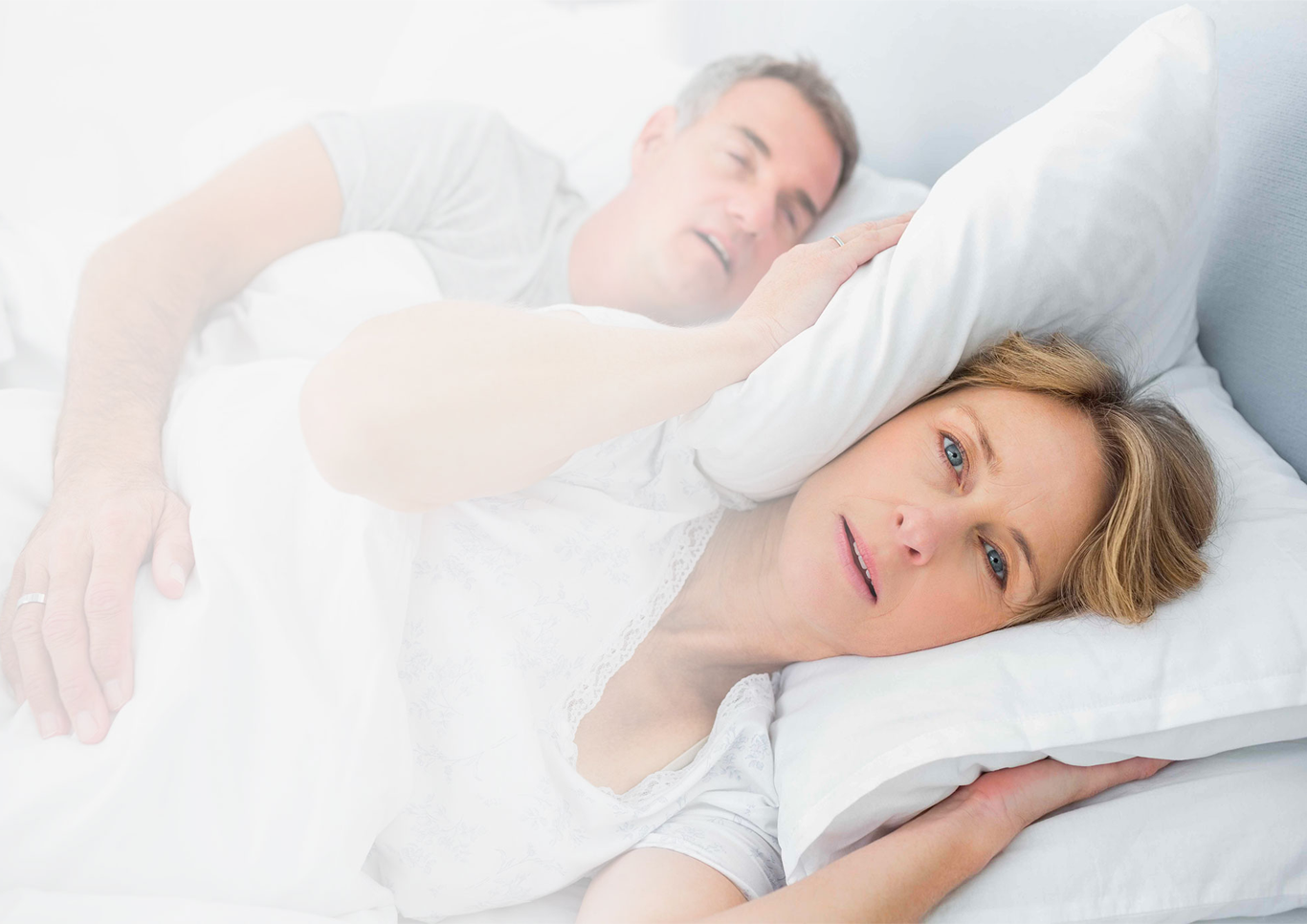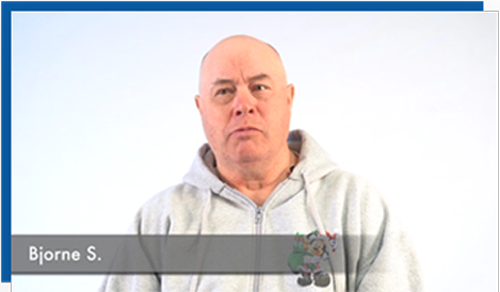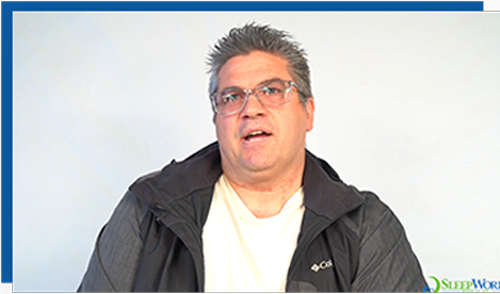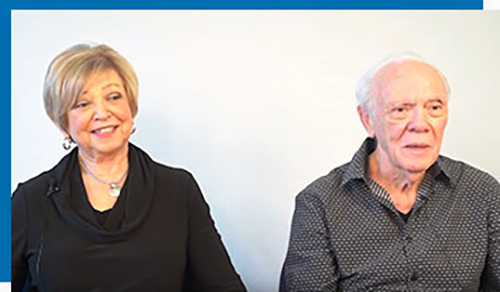SLEEP DISORDERS
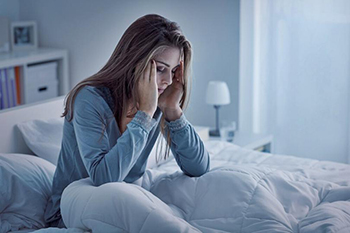
Sleep apnea is a medical condition that requires careful attention and proper treatment. This disorder, which can become life-threatening, involves the frequent collapsing of the breathing passageway during sleep. This collapsing can cause a partial or complete blockage of the airway. If left untreated, obstructive sleep apnea can often lead to high blood pressure, heart failure, heart attack, and stroke.
Most Common Signs and Symptoms:
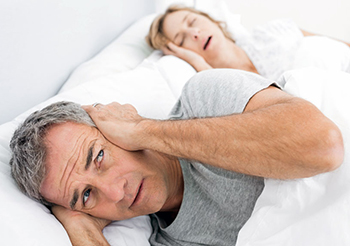
Snoring is a common problem among all ages and both genders, and it affects approximately 90 million American adults—37 million on a regular basis. Snoring can cause disruptions to your bed-partner’s sleep in addition to your own, but it is more than just a nuisance. Snoring is linked to sleep apnea and other serious health concerns such as heart disease.
Most Common Signs and Symptoms:
WHAT OUR PATIENTS ARE SAYING
At SleepWorks Medical, we take pride in how many patients we’ve been able to help overcome snoring and sleep apnea so they can re-discover a good night’s sleep. Watch some of our satisfied patient’s success stories and find out how we took great care of them and exceeded their expectations.

